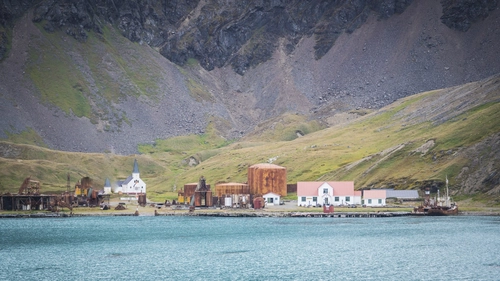Hiking the Surreal Terrain of the Arctic and Antarctica
There's no better way to explore a new area than on foot. We offer a variety of hiking expeditions for all levels, from casual walkers to hard-core enthusiasts.

Do I Need to Be an Experienced Hiker?
For basic walks, you need to be in reasonably good shape and health. Hikes usually last between two and six hours. Keep in mind there are no paths, and you will travel over rugged terrain and small hills.
We typically offer one to three different types of walks per landing site, ranging from casual strolls to challenging hikes.
In Antarctica, the longest hike takes about three hours. In the Arctic, hikes can last a full day, with a packed lunch provided. All hikes are led by certified, experienced expedition guides.
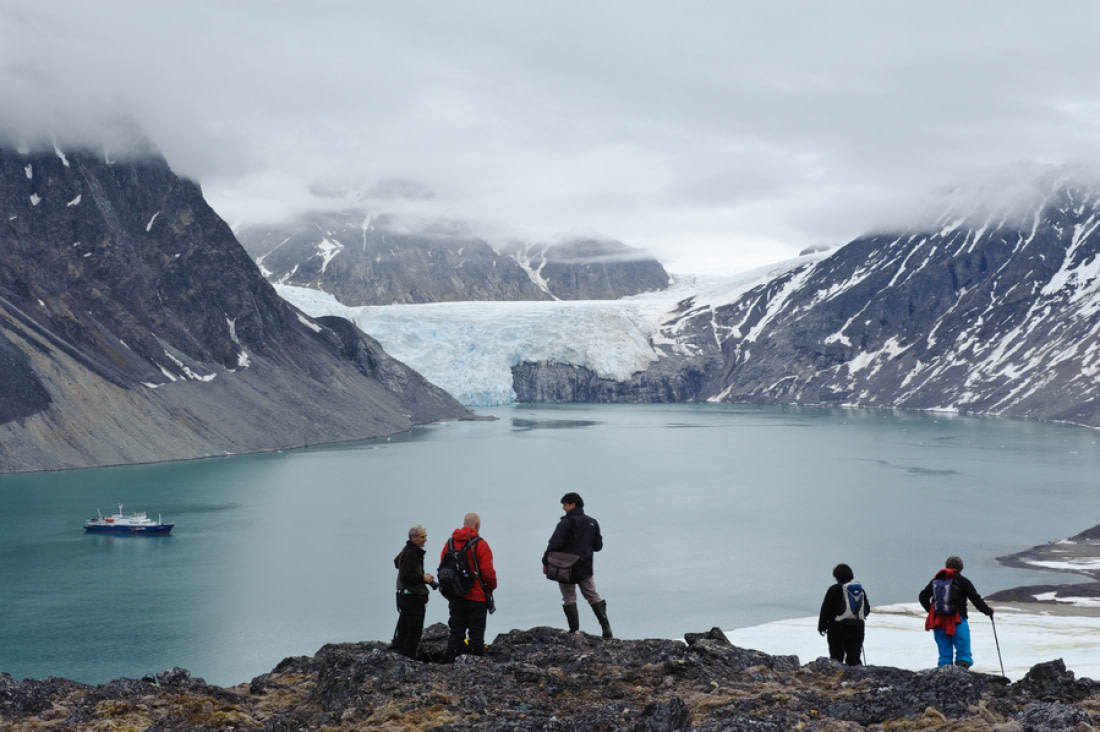
How Physically Fit Do I Need to Be?
Hiking guides may remove a passenger from the group if they feel the person is not in good enough health for a particular hike. This is for your safety and the safety of our guides.
If this happens, our experienced guides can recommend another hike based on your fitness level. For health or skill-related questions, visit our FAQ or contact us.
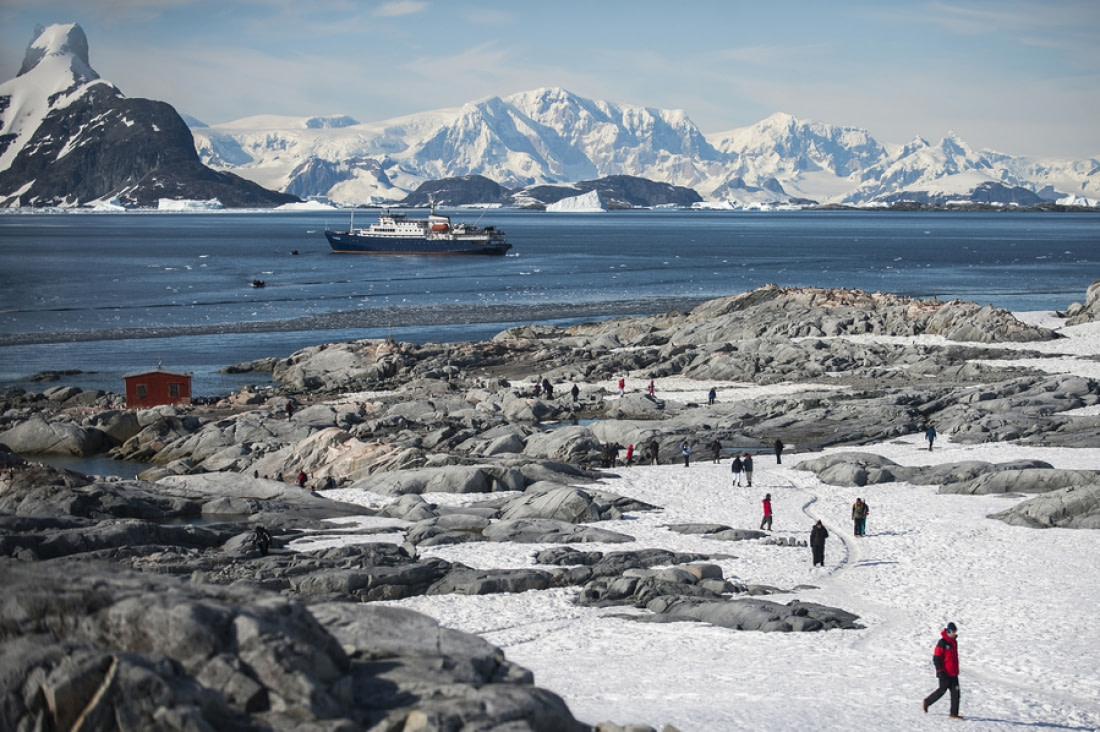
What Kind of Clothing Should I Take Hiking?
Bring clothing suitable for the variable polar weather. Layers are essential to adjust your clothing as you hike without losing overall protection against the elements.
Recommended gear includes:
- Hiking or walking poles
- Backpack (25 liters)
- Knee-high rubber boots with a grip sole (provided on larger motor vessels, not on smaller sailing vessels)
- Waterproof bag (especially for cameras)
- Straps for tying snowshoes onto your backpack
- Sturdy ankle-high hiking boots (or rubber boots)
- Knee-high gaiters
- Sunglasses
- Sunblock
- Thin under-socks and thick over-socks (with spares)
- One-liter water bottle
- Thermal under-gloves and warm outer-gloves or mittens (with spares)
- Turtleneck or neck gaiter
- Urine-collection bottle (for Antarctica)
- Thermal underwear
- Fleece jacket or vest
- Down jacket or spare fleece jacket
- Breathable waterproof jacket and trekking trousers
- Warm fleece hat
- Binoculars
Avoid cotton clothing like T-shirts or jeans, as they stay wet and can increase the risk of hypothermia in cold environments.
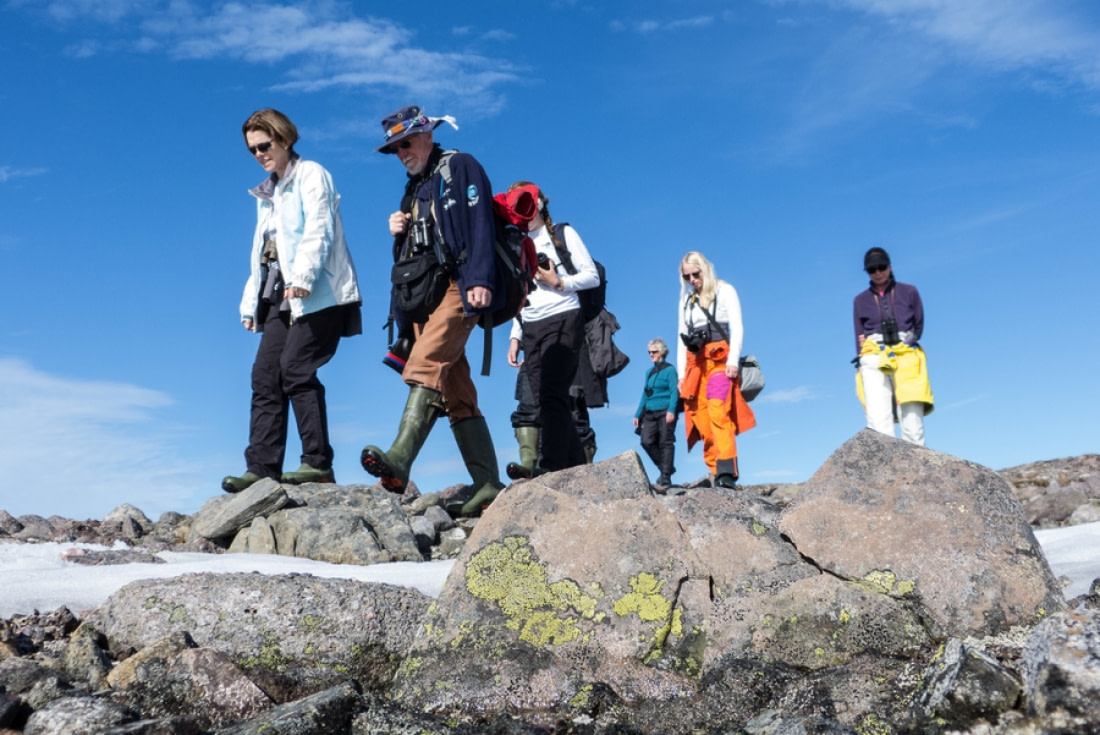
Do the Hiking Activities Cost More?
No, they are included in the cost of your cruise.
Are the Polar Hikes Safe?
Yes, all hikes are accompanied by trained and experienced expedition guides. In the Arctic, particularly in Svalbard, guides carry rifles due to the possibility of encountering polar bears.
We only hike in areas outside glaciated terrain to avoid crevasses, which are considered mountaineering. Mountaineering trips are accompanied by at least one UIAGM-certified mountain guide.
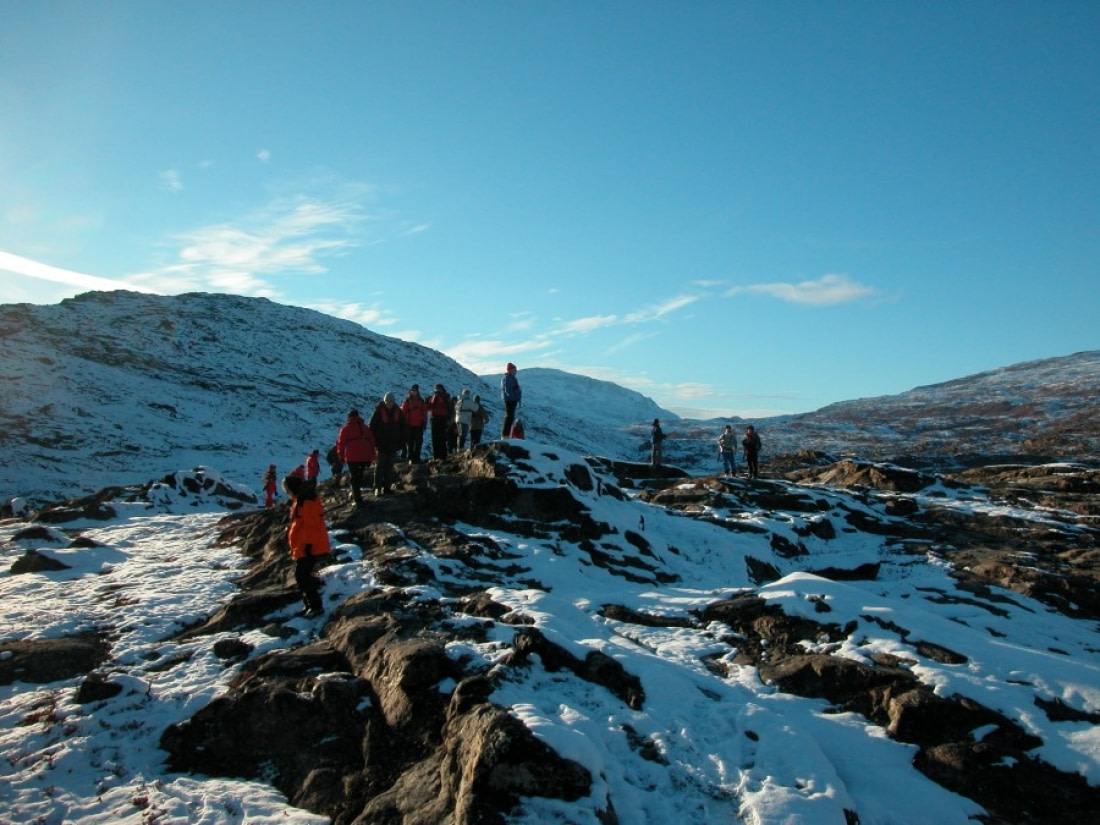
Special Note on Antarctic Hiking
Hiking options in Antarctica are more limited than in the Arctic due to terrain differences. However, there are plenty of opportunities on the islands of the Weddell Sea, the South Shetland Islands, and South Georgia.
In South Georgia, you may even have the chance to hike the final section of legendary polar explorer Ernest Shackleton's famous walk.
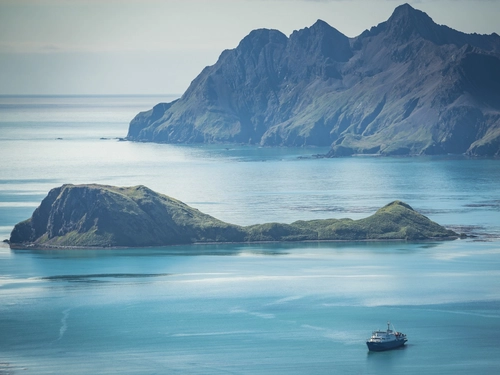
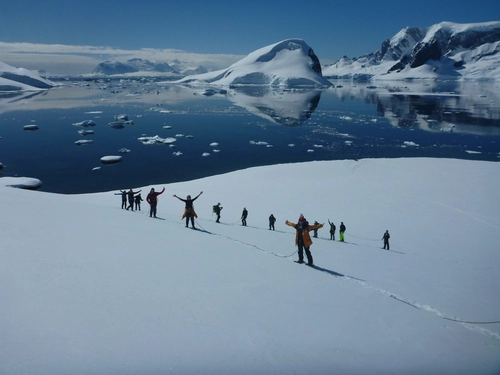
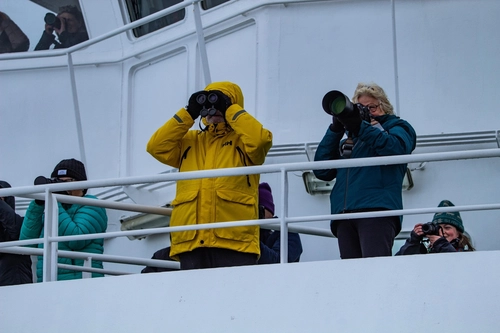




The Overlooked Treasures of Ascension Island

The Giant Petrels of King George Island
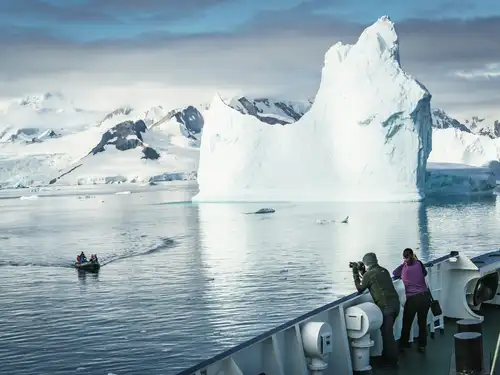
Antarctic Explorer’s Voyage

Eight Ultimate Antarctica Adventures
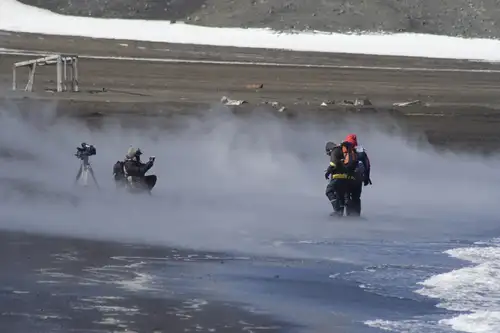
Deception Island deceptively active
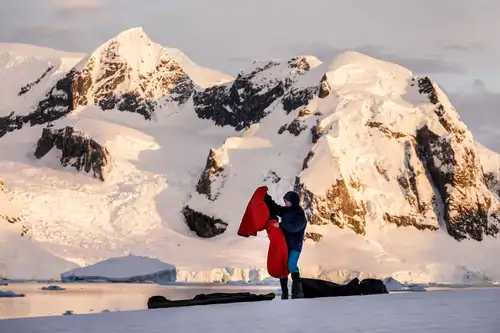
Camping in Antarctica: a True Expedition Experience

Port Lockroy: History, Post Office, and Resident Penguins
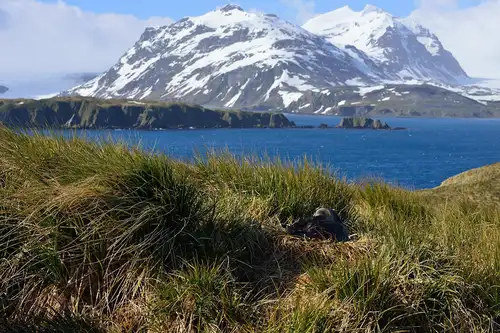
Flowers in Antarctica
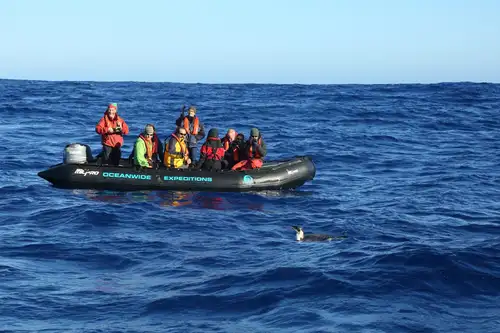
The Emperor Penguin of the Drake Passage
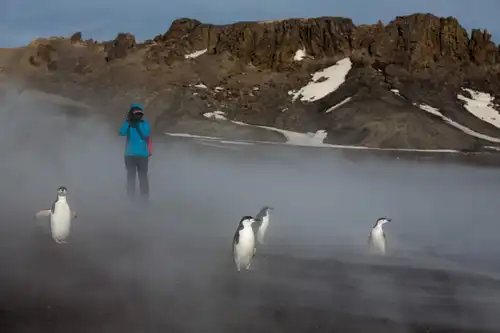
Graham Land: A landscape dominated by volcanoes
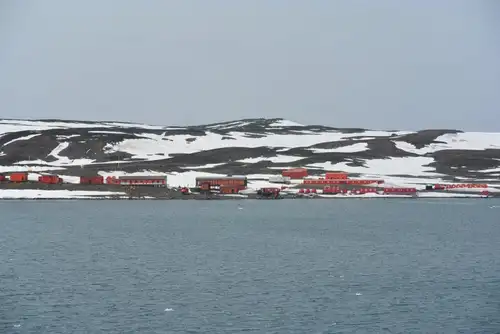
Living the Antarctic Dream
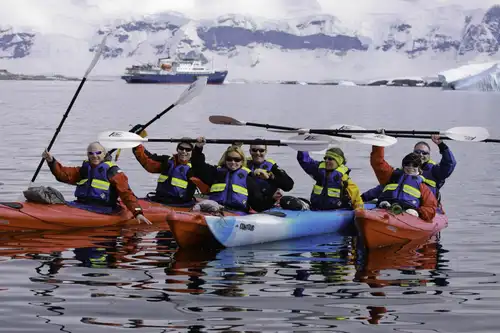
A Day of Basecamp in Antarctica – Paradise Harbour
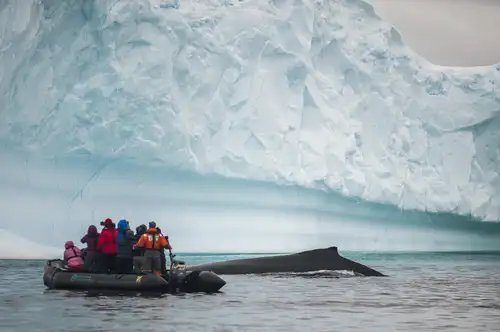
A Day of Whale Watching in Antarctica

Five Reasons to Love St. Helena

Life in a Penguin Colony
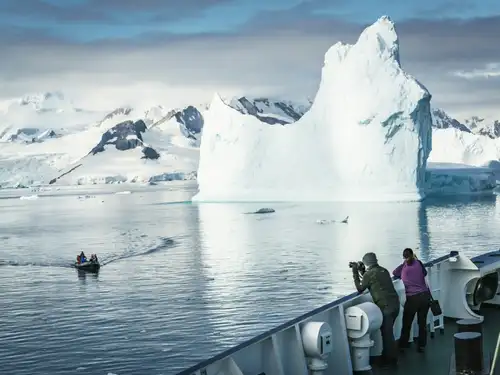
The Classic Polar Cruise: Antarctic Peninsula Facts, Pics, and More
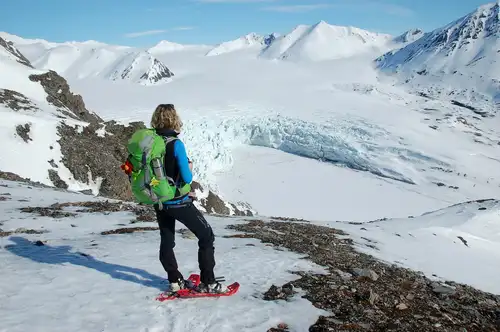



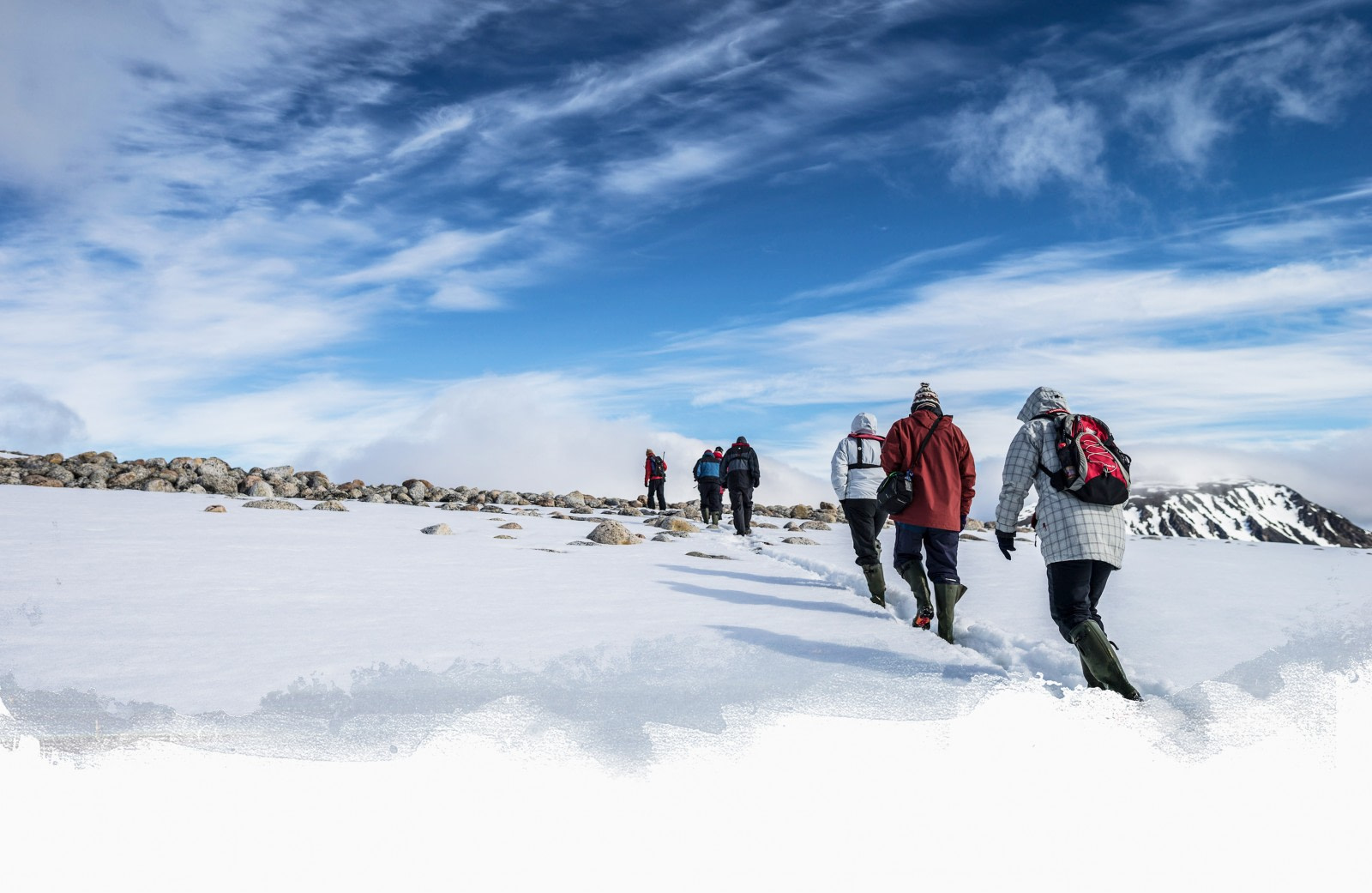

 19 Days / 18 Nights
19 Days / 18 Nights

